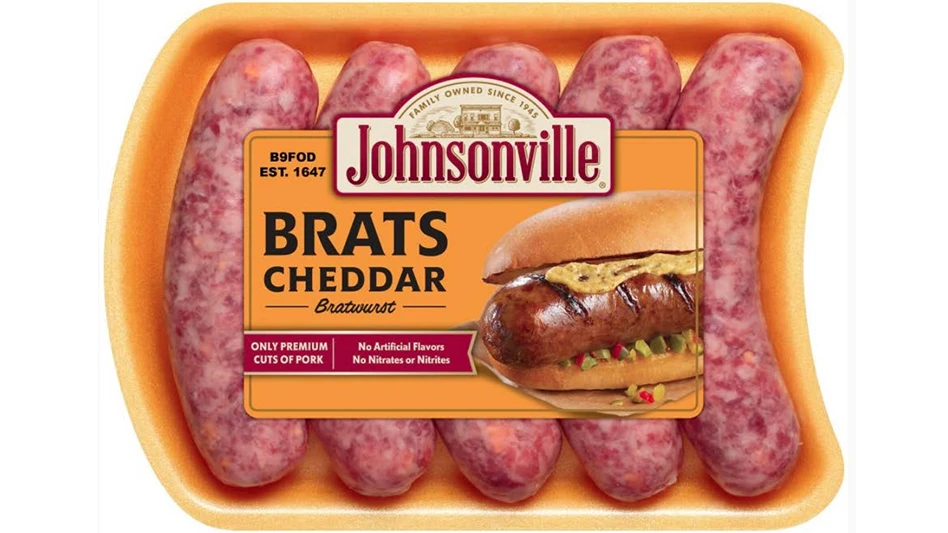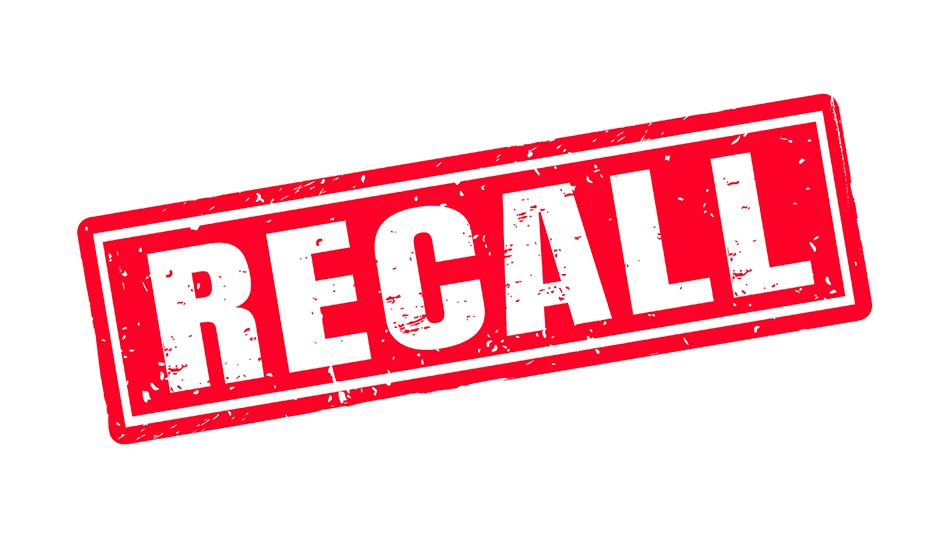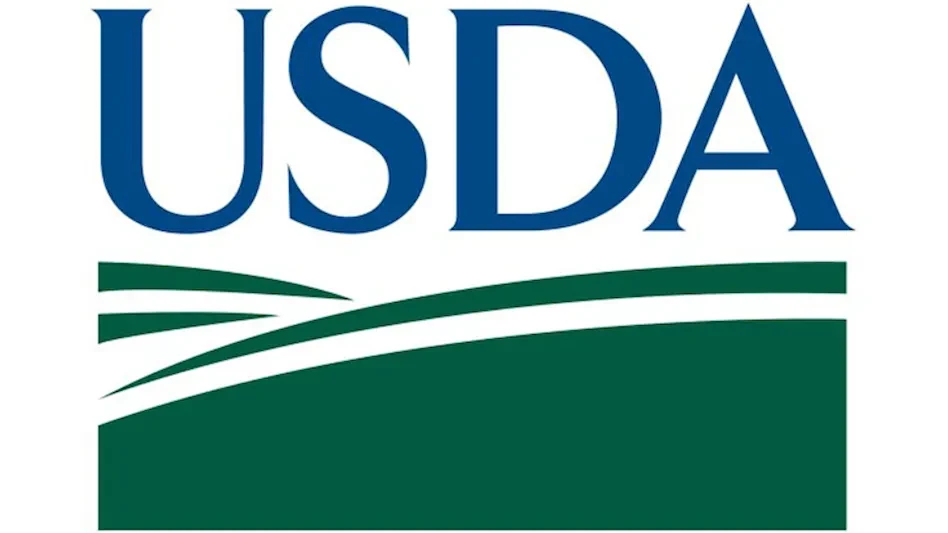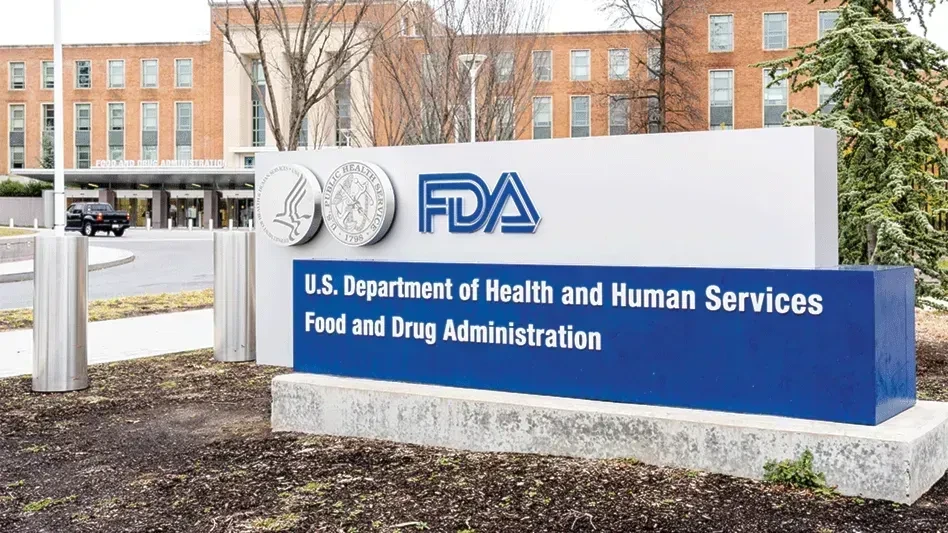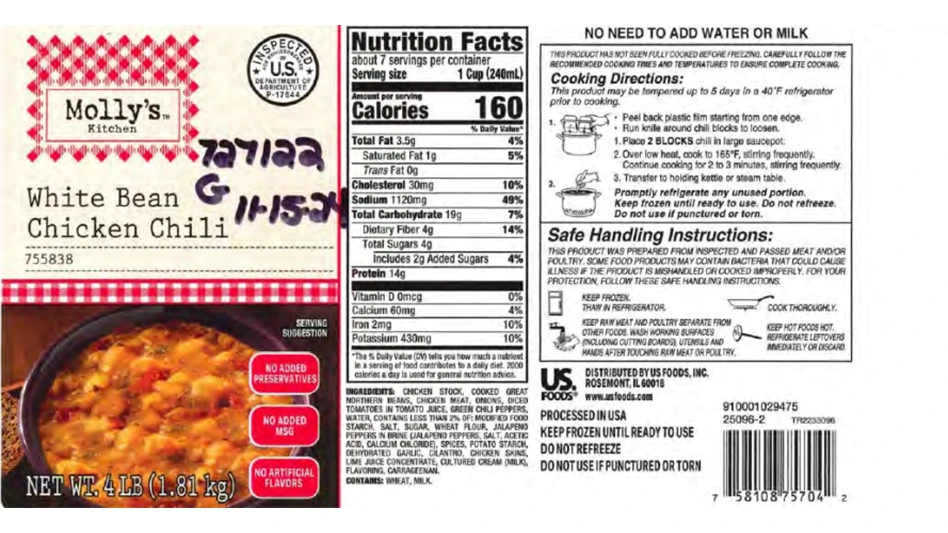When he started growing bean sprouts in 1977 to help pay his way through college, David Pearson couldn’t know that it would eventually sprout into a 225-employee business — now growing a variety of sprouts and processing fresh fruits and vegetables under his own brand name, as well as that of the mighty Green Giant and his sidekick…Sprout.
Green Giant Fresh, marketed by The Sholl Group II based in Minneapolis, contracts with produce plants across the Americas for the processing of its fresh fruits and vegetables. One of its several primary co-packers is Pearson Foods in Grand Rapids, Mich., a key quality provider for Green Giant Fresh.
Because of little uniformity in the produce industry, it is difficult to set absolute specifications for producers or processors. Rather, “selecting the right group in the first place is probably the single most critical thing,” said Art Davis, vice president of operations for The Sholl Group II. “We go into very different operations run by very different people,” Davis explained. “Each has a different culture with a variety of people — all trying to do the same thing.”
Because of this, he said, “We don’t tell them how to do it, but what the result needs to be. We have to pick people who are doing it right in the first place.”
Partner Selection. To pick the right people, Davis implements a three-step approach, assessing:
1. The Management Pulse — Is management interested in, committed to and fully understanding of the importance of food safety from a moral as well as a business standpoint? The plant should not be following safety practices simply because it has to, but because management truly believes it is the right thing to do, Davis said.
2. Knowledge and Expertise — Does the plant have someone who has the knowledge and expertise to run a food safety program? That is, the designated person should have a full understanding of the practices and the science behind it, such as understanding that pH is not a linear scale, and what the difference is between a bacteria and a virus — and why that is important.
3. Historical Practices — “Convince me that you’ve been doing it this way for a while,” Davis said. Food safety needs to be integrated into the plant’s processes and culture, not simply put into effect or heightened before an audit or customer visit with pencil-whipped documentation.
Determining a plant’s commitment to and application of sanitation and safety practices is not difficult, Davis added. “If I kick a trash can, I shouldn’t get a cloud of flies. If there are no paper towels in the trash can, I don’t care what you’re telling me (about employees washing their hands).”
It does become a judgment call, Davis said, but one that through years of trial and error in assessing not only processing plants but also fields from which the produce is purchased, he has become fairly good at judging.
With a full line of fresh produce, Green Giant Fresh works with co-packers at three levels for produce: field pack — such as head lettuce which is wrapped right in the field then boxed and shipped direct to the retailer; shed pack — e.g., apples, green onions, oranges which are harvested in the field, then shipped to a central location for sorting, trimming, cleaning, waxing and minimal cutting; and processed pack — fruits and vegetables cut and packed for salads, veggie/fruit trays, or other ready/easy-to-eat packaging.
It is this third area for which Green Giant Fresh contracts with Pearson Foods, a plant Davis ranks as one of its top co-packers for food safety and quality. In fact, the extraordinarily high level of commitment at which President David Pearson sets the bar of commitment is evidenced by its five AIB Superior ratings in five years.
Fresh Produce Quality. It is a level that is simply part of the culture at Pearson Foods, despite the fact that it is in an industry which is controlled more by Mother Nature than by any human endeavor.
“It’s produce that’s grown in the ground, it’s not made by man,” explained Pearson’s Vice President of Quality Assurance Shannon O’Neil. “There is no ‘perfect’ head of cauliflower — there’s such a variation in quality, size and shape; there is no standard for color; and you can’t control it.”
In addition, said Vice President of Marketing Sandra Pearson, “There is no pathogen kill step for fresh fruits and vegetables. All we can do is try to reduce microbes to the lowest level possible.”
One of the primary differences between the fresh produce process and the manufacture of other food products is that you are dealing with a selection rather than a production process, Davis asserted. “With a production process, you can make it the way you want it. In fresh produce, you select from what’s available.”
Manual Quality Controls. It is also the variability of the produce itself, as well as the extra eye on quality, that has lead the Pearson plant to maintain a primarily manual system. “It’s always good to have an extra set of eyes looking at things,” O’Neil said. “Every employee understands that quality comes first, and every employee has the right to stop the line due to a quality issue.”
With its preponderance of long-term employees, the manual system in fact sets the standards. For example, while O’Neil conducts regular, random checks to ensure the integrity of the plant’s slaw mix, it is the 15-year experience of mixer Mario that determines the proper blend of green cabbage, red cabbage and carrots by sight and feel. And if Mario should be out for any reason, the experience of his eight-year back-up mixer, Eddie, comes into play.
“You can write specifications,” Davis said, but in such a dynamic, unpredictable industry, processor experience and expertise can generate the best results. Precise specifications, he said, “are going to limit you a great deal.”
This is particularly true with packaged fresh produce. When packaging frozen or canned produce, a processor can select the optimal geographic area then time the production run to the optimal harvest time. Even then, though, most will grow 20 percent more than is needed, so they can select the best. For packaged fresh produce, however, an ongoing supply is needed — even of no field is in its optimal harvest phase.
As a fresh-cut packager, Pearson said, “we deal with Mother Nature, and we’re all in the same boat together. There are times when Mother Nature predicts the quality and the availability of the product. Then you get into the toos: too hot, too cold, too wet, too rainy, too cloudy, too sunny — and everybody is in the same situation.”
Despite that, Pearson said, “our job is to give the highest quality, lowest cost product to our customer, so they in turn can pass that on to the consumer -- and doing that with mother nature in mind.”
To do so, however, a processor must learn to make projection without certainties. “We call it the crystal ball of produce,” Pearson said. “If we had all the answers and we knew what the demands would be, we wouldn’t ever be long or short.”
A Relationship Industry. Because they must deal with such an erratic base supplier as Mother Nature, the relationships that Pearson and Green Giant Fresh build with their suppliers are critical to providing customers with quality product.
“It starts as far back as the relationship you have with the growers,” O’Neil said. “You get approved suppliers for the product and you have to have faith that they will bring you the product that you’re asking for within your specifications.”
Produce businesses can operate on such faith because of the USDA laws by which the industry is governed - the Perishable Agricultural Commodities Act (PACA). Because produce is so perishable, PACA is a set of fair-trade rules that go beyond normal business practices. In essence, PACA standards set parameters by which to determine the responsible party for produce quality.
For example, if Pearson Foods receives a shipment of pithy celery that the receiver feels may not meet the company’s quality standards, O’Neil will be called in. After inspecting the shipment herself, O’Neil will either determine the product to be acceptable or will say, “Call a federal inspector on it, because it looks like it’s over 10 percent.” If the USDA inspector agrees, Pearson Foods can reject the shipment and not be responsible for payment. If the USDA inspector says the shipment does meet standards, then Pearson Foods must accept the shipment as is — and pay full price.
In short: the buyer pays if it passes inspection, the grower pays if it fails.
In addition, PACA violations are published within the industry and failure to pay reparations can be subject to USDA disciplinary action or revocation of one’s license to operate.
Because of these strict controls, the industry is able to operate on a handshake … or email … enabling the produce chain to continue its fresh flow without time-consuming credit applications or reference checks. “It’s a neat protection because we can call a grower that we’ve never talked to before and he can sell to us,” Pearson said, explaining that even in verbal contracts, the buyers and sellers are protected by PACA.
Buy Long to Gain Short. That stated, it can be beneficial for a processor to accept a shipment that may not quite meet quality standards, or to buy long when a grower has extra produce in order to maintain strong relationships — and have priority when supplies are short. “Often, because we do have relationships,” Pearson said, “if it’s not too terrible, our buyer will work something out where we will work the load and maybe only get 25 percent yield instead of 50 percent.”
The remaining sub-quality amount, Davis said, makes for “happy cattle.”
“If you bought a little extra when they were long, they’ll give you some when they’re short,” Davis added. “If, when they were long, you said, ‘Look guys I don’t really need anymore,’ then when they’re short, you’re not getting any!”
“It’s the relationships and partnerships you build with people,” Pearson said, to Davis’ agreement: “It’s very relationship driven.”
Relationships are so integral, in fact, that the relationship a grower has with his peers can benefit the processors whom he supplies. If you have a need that your grower cannot fulfill, “they will look for what you want from other suppliers that they trust and know in their area,” O’Neil said. “So they have to have their own business relationships to supply their customers.”
International Supply. Such relationships, between suppliers, with Pearson Foods or with Green Giant Fresh, itself, are not limited to the U.S. In fact, Davis said, not only are international sources the only option for certain produce or at certain times of year, they are sometimes the best option.
However, one of the most difficult parts about sourcing from South American countries, he said, can be “convincing folks in the U.S. that a lot of people down there are doing it better than you.”
Davis cited Mexico as an example, saying, “They understand that their biggest market, their biggest customer is the U.S. and they can’t be as good as U.S. producers, they have to be better." Other countries such as Peru and Chile have a strong European influence, for which some of the standards are even stricter than those of the U.S.
But whether a producer or processor is domestic or international, the most important thing for Green Giant Fresh suppliers is that they go beyond the standards, making food quality and safety an integral part of their business and moral code. And with visits to fields and plants as one of Davis’ primary functions, it is up to the Green Giant Fresh suppliers to convince him that their produce is worthy of bearing what has been ranked as the third most recognizable advertising character of the century … the Jolly Green Giant.
Get curated news on YOUR industry.
Enter your email to receive our newsletters.

Explore the December 2008 Issue
Check out more from this issue and find your next story to read.
Latest from Quality Assurance & Food Safety
- Taylor Farms Linked to Romaine E. coli Outbreak as Marler Clark Files Multiple Lawsuits Against Supplier
- IAFNS Announces Winners of Emerging Leader Awards for Food Safety, Nutrition
- FDA Shares Testing Results for PFAS in Bottled Water
- Provision Analytics Adds Food Safety Expert Jennifer Williams to Strategic Advisory Group
- Boston Sword & Tuna Protects Seafood Safety with Mettler-Toledo Metal Detectors
- IFT Releases New Resources to Aid Food and Beverage Industry in Sugar Reduction
- Yum! Brands CEO David Gibbs to Retire in 2026
- Penn State Extension Offers Short Course on Food Microbiology and Safety for Food Plant Workers
